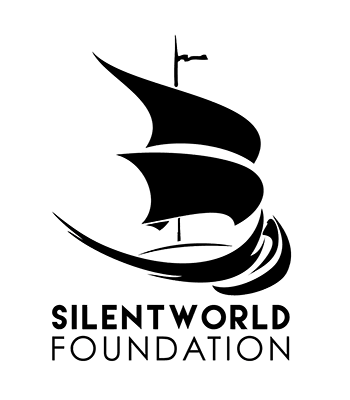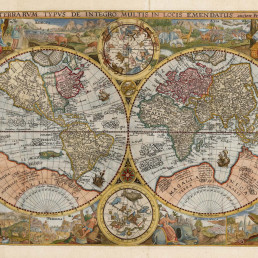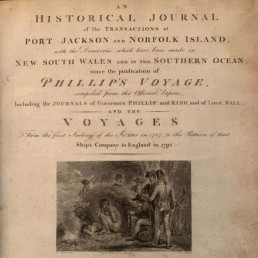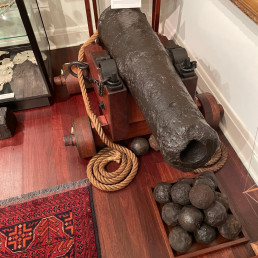
Name/TitleAttested copy of Thomas Jamison’s last Will and Testament
About this objectJamison was surgeon’s mate on Sirius in the First Fleet, later becoming the colony’s Surgeon General. He was deeply involved in the struggles between Macarthur, Johnston and Bligh, eventually joining the deposers of the Governor and acting in an official capacity in the rebel government. He appeared as a witness at Johnston’s court martial. By 1807 he held 2,300 acres in the colony, including his first grant of 1,000 acres on the Nepean, later known as Regentville, the site of one of the colony’s first grand rural properties. He left his property in New South Wales to his son, Sir John Jamison, who consolidated his father’s rural holdings and became one of the most important landowners in the colony; in 1829 he was described by Darling as “holding perhaps the largest Stake in the Colony”.
Sir John Jamison entertained lavishly both at his town house and at his country estate, and in the season of his affluence never lost an opportunity of extending hospitality to visitors to the colony, for whom he arranged outings, picnics and other diversions. He lived like a genial and prosperous English squire, earning by his unlimited bounty the appropriate title, “the hospitable knight of Regentville” (G.P. Walsh). In his will Jamison confirms his son, “Sir John Jamison Doctor in physic and one of the physicians to His Majesty’s Fleet” as his executor and heir to “all the residue of my Estate and Effects whatsoever and wheresoever”. This probated will would have been the copy made for Sir John Jamison and either brought out to Australia with him or sent before his arrival in 1814 to his lawyers in the colony.
MakerThomas Jamison - Author
Maker RoleAuthor
Date Made1811
Period19th century
Place MadeSydney, Australia
Medium and MaterialsInk (iron gall) and paper.
Object TypeManuscripts and Ephemera
Object numberSF000102
Copyright Licence![]() Attribution - Non-commercial - No Derivatives (cc)
Attribution - Non-commercial - No Derivatives (cc)
Explore by category
Maps and Charts
Date range: 1541-1836
Ship Models
Date range: 1629-1890
Maritime Paintings
Date range: 1793-1849
Manuscripts and Ephemera
Date range: 1768-c1850
Medallions & Convict Tokens
Date range: 1619-1880
Landscapes
Date range: 1768-c1850
Books
Date range: 1694-c1850
Currency and Shares
Date range: 1624-1823
Printed Material
Date range: 1541-1836
Maritime Archaeology
Date range: 1629-1854
Curator's corner
New acquisitions, staff favourites and curios
The mug is decorated with an underglaze and a blue transfer print. On the body, it is titled ‘Emigrants to Australia’. This type of body and glaze was discontinued by 1840. Comparison of the handle shape and the profile of the foot, point to the attribution of manufacture by the Davenport Factory.
Delta was a ship-rigged vessel with two decks and three masts. It was built in Dordrecht, Netherlands in 1839 at the shipyard of Jan Schouten and registered in the same port. Its hull was constructed of oak and sheathed in ‘yellow metal’. Delta was owned by H. van der Sande at the time of its loss and was engaged as a cargo trader.
The Delta carried 29 crew and passengers, while sailing from Melbourne to Batavia in ballast when wrecked at Kenn Reefs on 30 May 1854 whilst under the command of Captain J.G. Kunst. This vessel loss supports the pattern of shipwrecks located on a well-travelled shipping route that was poorly charted until the mid-nineteenth century. The crew of the Delta could see four other shipwrecks at Kenn Reefs at the time of their vessel’s loss.
Important image of a ship associated with Matthew Flinders, that would shortly become one of the most famous early shipwrecks in eastern Australian waters. This is a fine ship’s portrait, by one of the great exponents of the art


















